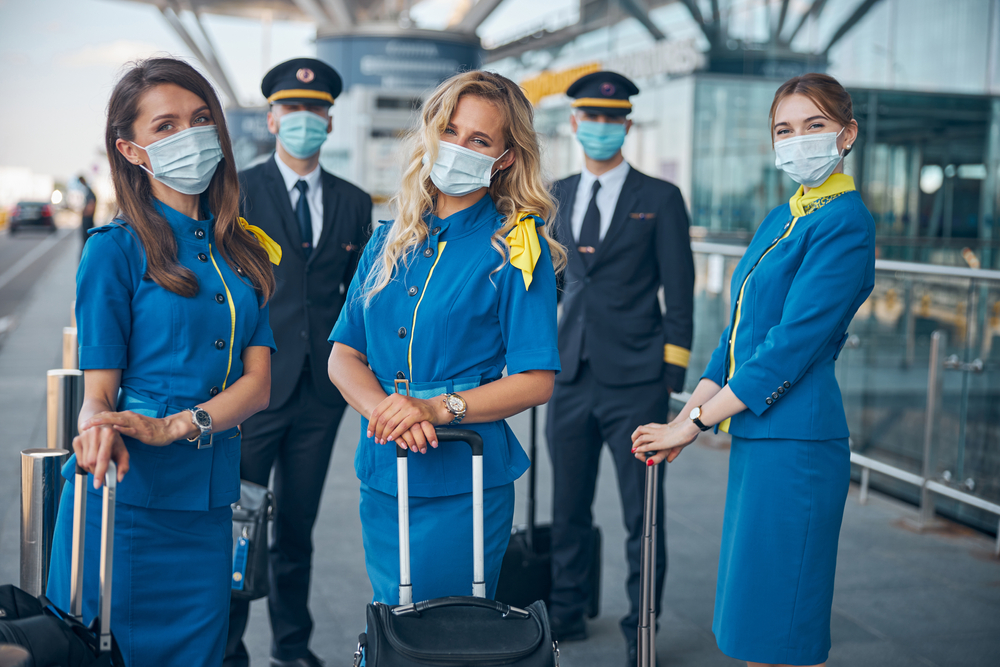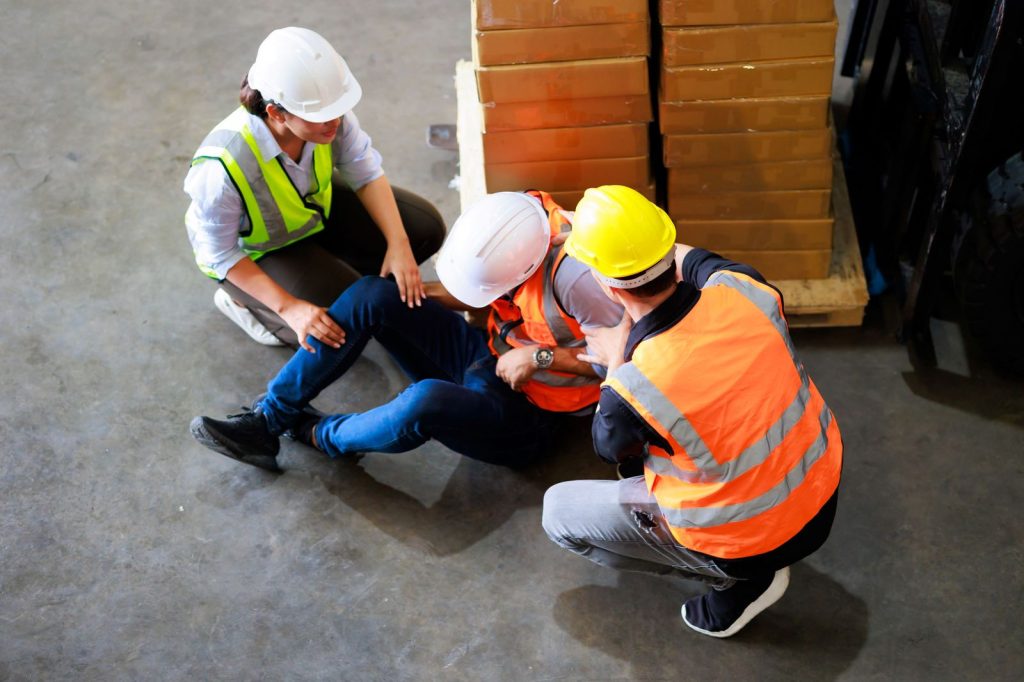Improving the Health of Airline Industry Workers

According to the U.S. Bureau of Labor Statistics: “In 2017, there were 59 fatal occupational injuries among aircraft pilots and flight engineers…Pilots face considerable risks in their jobs, which resulted in a fatal injury rate of 48.6 cases per 100,000 full-time equivalent workers in 2017. The fatal injury rate among all occupations nationally in 2017 was 3.5.”
This quote might seem like working in the airline industry comes with serious dangers and perils. However, the vast majority of these fatal injuries occur in situations where pilots are flying smaller planes, many times in areas like Alaska where extreme weather conditions are common. The larger, commercial airline industry generally has much more advanced safety protocols that limit dangerous accidents. That having been said, all the different types of workers in the airline industry face a unique and complicated set of health risks while on the job.
This short article will take an in-depth look at airline industry safety. We will specifically look at the specific physical demands, the site-specific dangers, and the generally fluctuating high-stress/low-stress work periods that all are risk factors that need to be taken into account for improved safety in the aviation industry.
Occupational Health and Safety in the Aviation Industry
The specific health and safety standards within the aviation industry vary widely depending on the type of job that is being performed. Obviously, an in-flight cabin crew will face different stresses and potential health hazards than the ground crew or even an airline food service worker. Below, we briefly outline some of the specific health threats associated with the wide variety of roles both on the ground (inside/outside airport and Air Traffic Control Tower) and in the air (flight crew – pilots and flight attendants).
On Ground Airline Industry Workers
These types of workers can include passenger assistants at the check-in counter, airline food service workers, baggage handlers, airport security officers, aviation fuelers, flight dispatchers working in the air traffic control tower, aircraft maintenance technicians, and others.
For people who actually work on the runway, there are several specific health hazards and risks that the Occupational Safety and Health Administration identifies. These risks and their potential mitigation include:
- Proper protection from electrocution.
- Controlling carbon monoxide hazard in refueling operations, and for others who work around running jet engines.
- Designing safe access to aircraft for catering operations, baggage teams, and others who could potentially suffer from falls from high heights.
- Policies that reduce vehicle accidents on airport aprons.
For workers inside the airport terminal, the job can be extremely stressful during periods of high travel demand. Dealing with angry passengers and strict timelines for boarding can certainly lead to a high level of stress that affects the health and mental wellbeing of airline workers inside the airport.
Additionally, OSHA mentions the following specific health hazards to airline industry workers inside the airport:
- Baggage cart loading and unloading
- Increased exposure to certain diseases such as the Ebola Virus, and now COVID-19
- Ergonomics
- Fall Protection
- Occupational Heat Exposure
- Occupational Noise Exposure
In-Air Flight Crew
Pilots and flight attendants also suffer from several unique health hazards while on the job. These potential health issues include as identified by the U.S. Center for Disease Control (CDC) include:
- Cabin air quality
- Cancer
- Circadian rhythm disruption (jet lag)
- Communicable diseases
- Cosmic ionizing radiation
- Job stress
- Musculoskeletal disorders
- Noise/hearing loss
- Exposure to pesticides
- Respiratory symptoms and diseases
Travel Stress Isn’t Just For Passengers
Lastly, it is worth mentioning that moments of irregular operations (IROPS) are extremely high-stress for airline industry workers both in the air and on the ground. “Non-planned situations such as adverse weather, incidents and accidents, loss of a key service(s)” are all considered IROPS. While they don’t happen every day, airline workers must constantly be prepared to deal with any and every kind of unplanned situation.
In addition to the potential for high-stress events like the ones listed above, a feeling of security about the job itself may negatively impact the safety of all workers in the aviation industry. According to one expert analysis:
“…employees are experiencing a high level of stress due to lack of job security and all of the new
safety precautions that employees are now taking more responsibility for…Stricter deadlines, high
turnover, and customer satisfaction are other factors influencing an employee’s work
environment.”
For every business that works within the airline industry, developing policies and protocols to help your workers deal with excess levels of stress and to mitigate the specific hazards associated with the job tasks should be a priority. Hiring a third-party independent contractor can help your airline business develop the best practices to ensure both the physical safety and mental wellbeing of your workers.
Airline Workplace Wellness Starts With Work-Fit
Work-Fit is a leading company that offers onsite and virtual injury prevention, management, and employee wellness for your workforce. We are the nationwide leader in applying sports medicine techniques in the workplace to prevent injuries and protect your company’s bottom line.
Our team of experienced professionals can help your company design and implement effective strategies for improving the safety and wellbeing of every type of airline employee. Both our wellness management program and our injury prevention program are great resources that can help airlines develop optimum policies that generate important savings for your company by promoting a culture of wellness awareness that increases productivity rates and creates savings on employer healthcare costs.
If you are interested in improving the safety policies and protocols to protect your airline workers’ health (and your company’s bottom line), contact us today to learn about how we can help your team.



